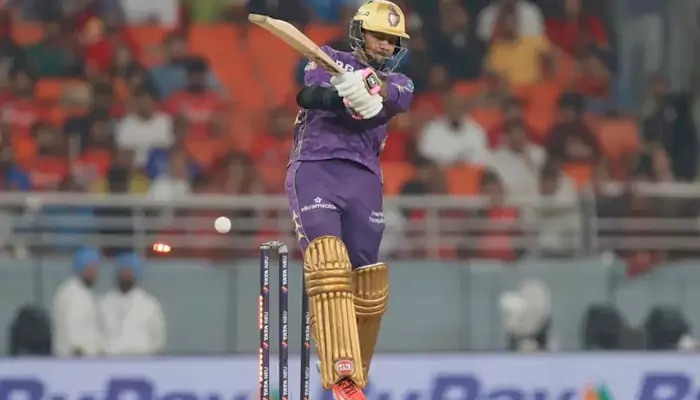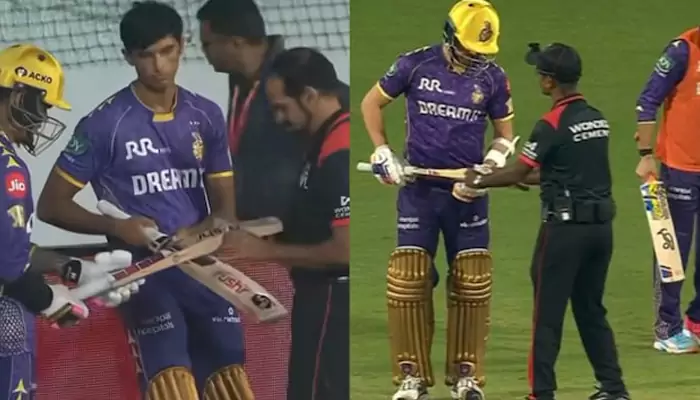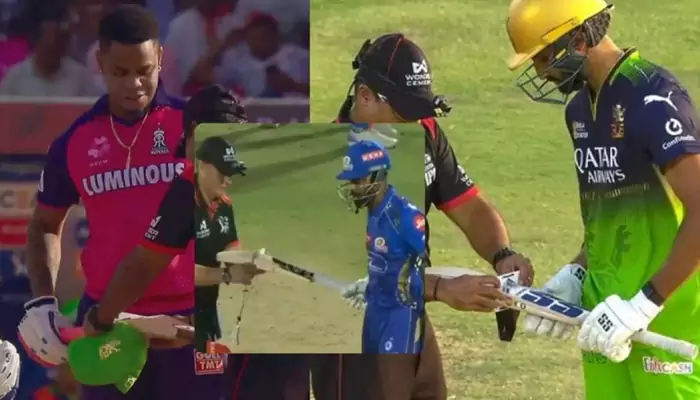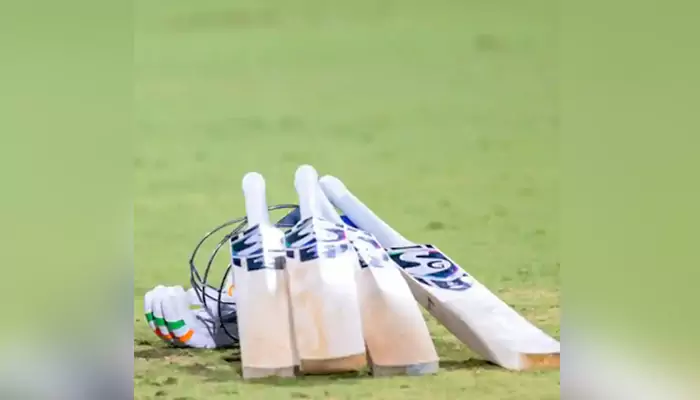
The curious case of illegal blades and why size does matter in T20 cricket
Sunil Narine, the explosive all-rounder from Kolkata Knight Riders (KKR), made headlines during IPL 2025—but not for smashing sixes. Instead, it was his bat that caused a stir. Just as Narine was about to open the innings against Punjab Kings in Mullanpur, his bat was set aside for a check. The reserve umpire, Saiyed Khalid, slid it through the 'bat gauge'—a tool shaped like a small house. However, Narine's bat didn't quite fit. It was too wide.
As a result, Narine had to swap his bat on the spot. A few minutes later, he was back in the dugout, dismissed for only 5 runs. Quite a twist, right?

Credit: Wion
And he wasn't alone. KKR tail-ender Anrich Nortje faced the same fate in the final stages of the game. He, too, had to change his bat right on the field. Nortje didn't even get to use his new one—he was left stranded at the non-striker's end after the last wicket fell.

Credit: News18
The bat size rule may not seem flashy, but it's an essential aspect of ensuring fair play. Here's what the IPL guidelines specify:
These rules align with the broader cricket standards established by the Marylebone Cricket Club (MCC), but the IPL has stepped up its enforcement this season.

Credit: Matribhumi
In the past, bat checks were typically conducted off the field, behind closed doors. However, IPL 2025 has raised the bar. The checks now take place right outside the boundary ropes—in plain view. This isn't merely for show.
The reason? Many players carry multiple bats. The one that passes inspection in the dressing room may not be the one that actually makes it onto the pitch. On-field checks prevent any sneaky swaps.
Umpires have already examined the bats of big names like Hardik Pandya, Phil Salt, and Shimron Hetmyer. While most passed without issue, Narine and Nortje's failed checks reminded fans that even cricket's finer details—like the width of a blade—should not be overlooked.

Yes, especially in T20 cricket, where power-hitting is the name of the game, players often modify their bats. The sweet spot—the part of the blade that makes contact with the ball most effectively—gets reinforced. Sometimes, additional wood is added to the lower part of the bat for more power.
That's where the edge and depth can become problematic. However, IPL's regulations won't allow them to evade this rule. If the bat doesn't conform, the batter has to switch.
So, the next time you see a player swinging big, remember this: their bat has already undergone its own test—and passed.